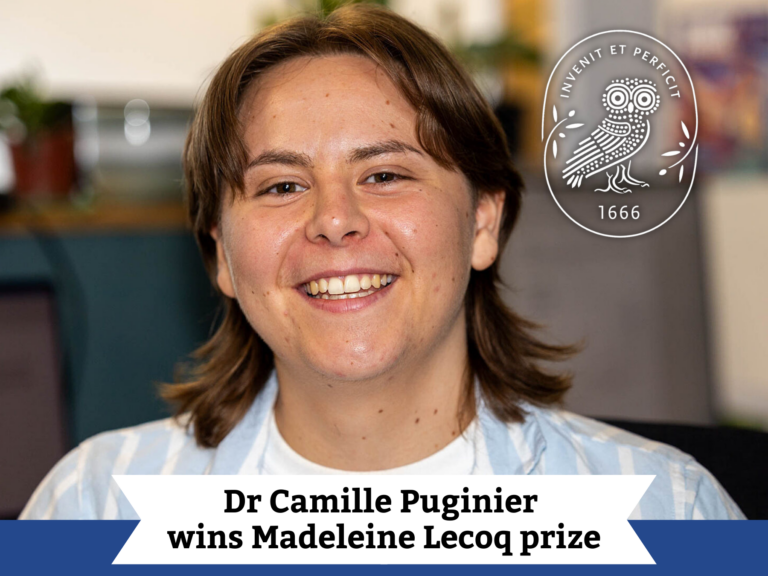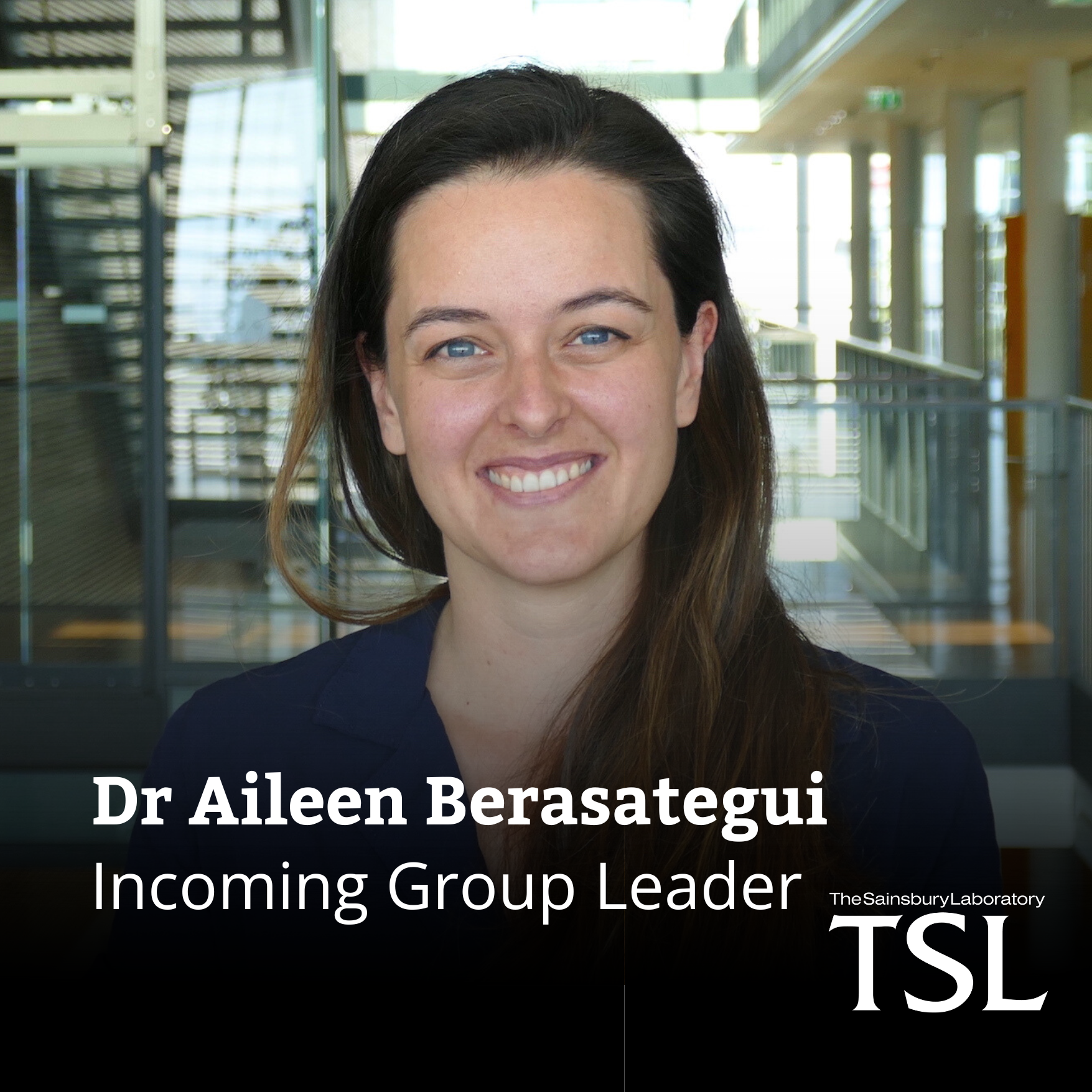Plant immunity requires two-step detection of invaders
Cell-surface and intracellular receptors of plants work together to activate a strong defence against bacterial pathogens
Plants perceive pathogens and activate immunity using two very different types of receptors. Receptors at the cell surface detect pathogen-derived molecules that accumulate outside plant cells, activating pattern-triggered immunity (PTI). PTI is suppressed by pathogen-derived effector proteins, that are injected into host cells to enable pathogen growth, but these effectors can be detected by intracellular receptors, resulting in effector-triggered immunity (ETI). Until now, it has not been clear how the defence mechanisms activated by these two distinct perception mechanisms interact.
The challenge has been to study ETI without activating PTI by the pathogen. Scientists at The Sainsbury Laboratory were able to make their breakthrough by engineering the model plant Arabidopsis thaliana so that they could use a chemical to initiate the production of a recognized bacterial effector proteins inside plant cells to activate ETI without PTI.
PhD student Bruno Pok Man Ngou, Professor Jonathan Jones and the rest of the team found that neither immune system alone is sufficient to provide resistance to the plant pathogenic bacterium Pseudomonas syringae. However, when both are activated together, the pathogen is thwarted. They found that ETI enhances PTI, and ETI enhances PTI. In particular, detection of effectors by intracellular receptors greatly elevates the abundance of many of the key signalling components involved in activating plant defence upon pathogen detection by surface receptors. This replenishes their abundance after their attenuation by the pathogen’s defence-suppression mechanisms.
These findings were corroborated by researchers from the Chinese Academy of Sciences who used a different but complementary approach. They used a modified version of A. thaliana with no functional surface receptors. These plants could therefore only mount ETI when challenged with the pathogen.

These discoveries strengthen the rationale for developing disease-resistant plants with several resistance genes to allow the perception of several effectors. Such gene-stacking not only makes a plant resistant to a wider range of pathogen variants, but also increases the intensity of the immune response to a pathogen with several recognised effectors. This research has answered a fundamental question in plant pathology that will help in the development of more durable disease-resistant crops. Importantly, such crops will require fewer inputs, such as chemical treatments, benefiting our environment.
Professor Jonathan Jones said “It’s been a privilege to work with a wonderful team of co-authors on this important project. Ever since we distinguished defence activated by cell surface receptors and by intracellular receptors (PTI and ETI) 15 years ago, the questions of how these defences interact, and what ETI does in the absence of PTI, have remained open. These two papers constitute a major step towards integrating our understanding how and why these two components are both required for plant disease resistance.”
Bruno Pok Man Ngou, one of the lead researchers, said “Initially the inducible-effector system was generated to study ETI without interference from PTI. But what we saw at first didn’t make sense because ETI alone didn’t seem to do much. Then we re-introduced PTI back into the system and suddenly everything became clear. Discussing unexpected data and testing new hypotheses with the team have been my favourite parts of this project. I think it is super cool that another research team arrived at the same conclusion with a different approach.”

This study, ”Mutual Potentiation of Plant Immunity by Cell-surface and Intracellular Receptors”, appears in Nature.
CITATION
Ngou, B.P.M., Ahn, H.K., Ding, P. and Jones, J.D., 2021. Mutual potentiation of plant immunity by cell-surface and intracellular receptors. Nature. 10 March 2021. DOI: 10.1038/s41586-021-03315-7.
FUNDING
Professor Jonathan Jones’ laboratory is funded by the Gatsby Charitable Foundation. Bruno Pok Man Ngou was supported by a Norwich Research Park Biosciences Doctoral Training Partnership grant from the Biotechnology and Biological Sciences Research Council (BBSRC). Co-author Dr Hee-Kyung Ahn was funded by a European Research Council Advanced Grant “ImmunityByPairDesign” and Dr Pingtao Ding acknowledges support from the European Union’s Horizon 2020 Research and Innovation Program under Marie Sklodowska-Curie Actions and a Future Leader Fellowship from BBSRC.
For further information or to arrange an interview with Bruno Pok Man Ngou or Professor Jonathan Jones, contact:
Mia Cerfonteyn
About the Sainsbury Laboratory
The Sainsbury Laboratory is a world-leading independent research institute that specialises in plant-microbe interactions, funded by The Gatsby Charitable Foundation, The University of East Anglia and UKRI-BBSRC. Its work is focused on leading global efforts to reduce crop losses to disease.


